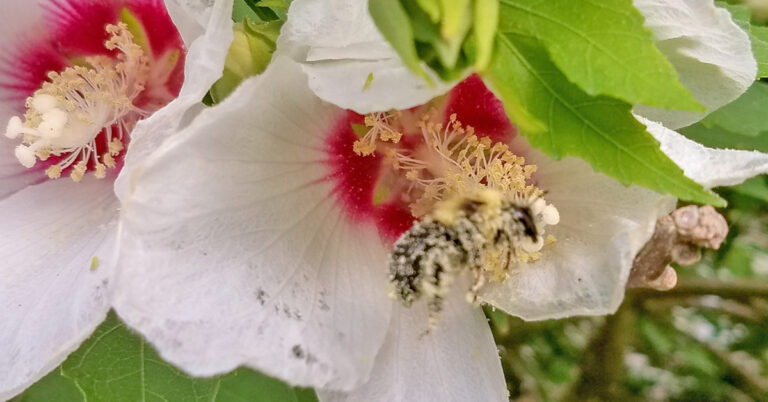A native plant is an indigenous plant that evolved in a particular region, adapting to the geography, hydrology, and climate of that region.
An effective way for property owners to restore our local ecosystem is to use native plant species. A native plant is originally from the area and has benefits to the environment. As part of our Living Shorelines program, Buffalo Niagara Waterkeeper has prepared a Native Plant Guide to help property owners identify and choose native plant species for their landscape and gardens.

Regions with healthy populations of native plants are more sustainable and resilient. They support cleaner water, a diversity of wildlife, and a thriving ecosystem. Native plants have adapted to local climate and ecosystems and they usually require little to no additional water beyond normal rainfall levels. They don’t typically need fertilizers, pruning, or pesticides to flourish. This saves time, money, and the environment.
This guide outlines over 90 different plants native to Western New York. From favorites like Purple Cone Flower and Redosier Dogwood, to the horticulturally significant Paw Paw or American Cranberry Bush, this book is beautifully illustrated and easy to use. Groundcovers, vines, grasses and trees are represented.
Funded through a grant by the Niagara River Greenway Ecological Standing Committee, the guide also provides:
-six different native garden planting
-plans a planning design consideration checklist
-proper planting instructions
Incorporate native plants in your garden and improve the health and sustainability of our waterways. Check out the native plant guide below.
The WNY Wildway initiative seeks to promote the proliferation of native plant species throughout the region.
The WNY Wildway Partner Network is a coalition of stakeholders committed to building and supporting the WNY Wildway.
Through collaboration, we aim to achieve the vision of the WNY Wildway, a landscape-scale conservation effort that benefits both wildlife and people. Learn more by clicking here.
Native Plant Guide
Sign up for our email list below to get the full digital version for FREE.


